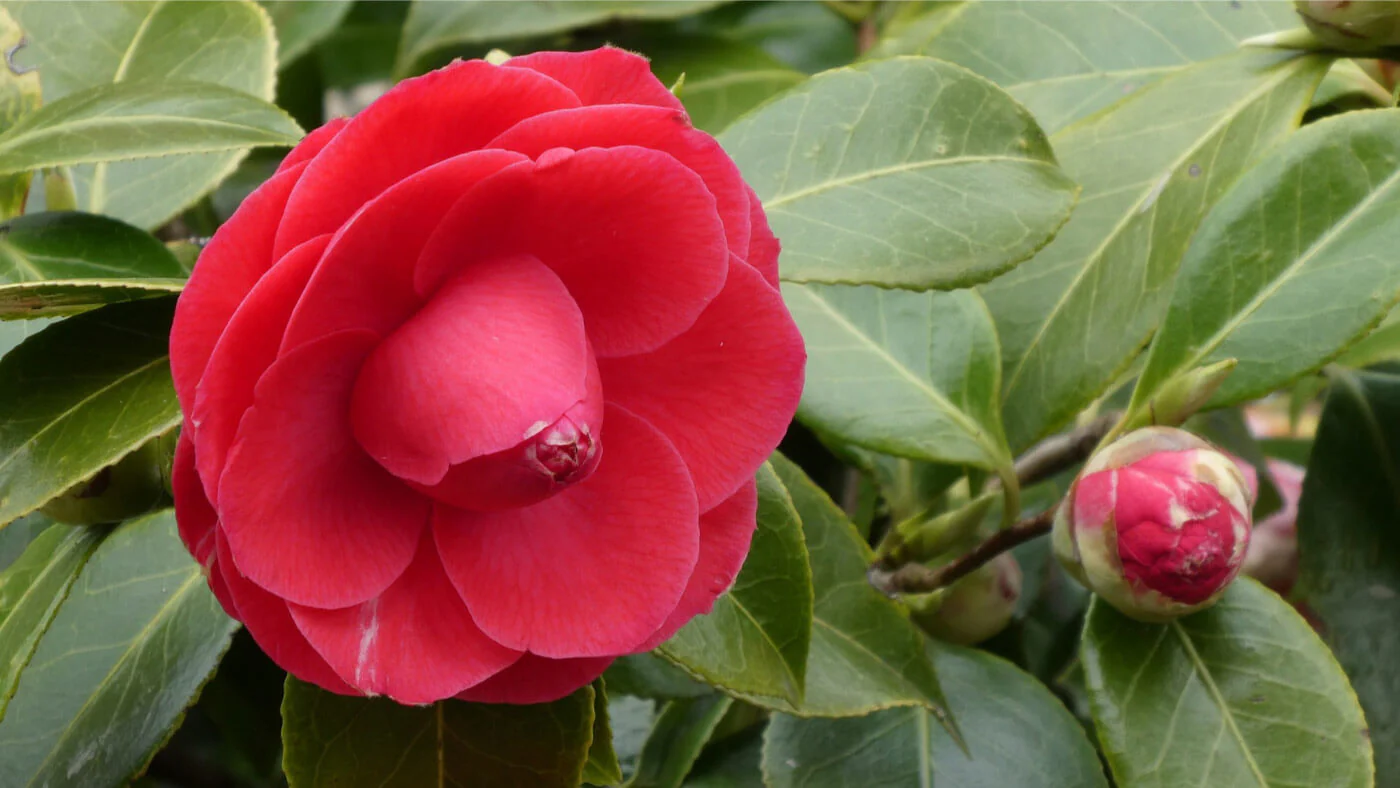
Japanese roses
Japanese roses, also known as rosarium roses or Kazano roses, represent a special category of rose varieties historically connected to Japanese culture and traditions. Here are the main features of their description:
1. Origin and History: Japanese roses originate from Japan and were developed by local breeders with specific cultural preferences in mind. They have become popular in horticulture not only in Japan but also in other countries.
2. Blooming and Flower Shape: The flowers of Japanese roses are usually large, double, and have an elegant shape. They can be solitary or grouped in small clusters. The color range includes various shades, from white and pink to red and yellow.
3. Fragrance: Many varieties of Japanese roses have a pleasant fragrance that can be sweet, fruity, or light.
4. Bush Size: Japanese rose bushes are usually compact and densely branched, reaching heights from 30 cm to 1.5 meters, depending on the variety.
5. Foliage: The leaves of Japanese roses are dark green, glossy, and usually small. They retain their decorative appeal throughout the entire season.
6. Resilience and Care: Japanese roses are generally resistant to diseases and pests, making them an excellent choice for gardens in various climate conditions. They prefer sunny spots with well-drained soil and regular watering.
7. Uses: These roses are ideal for use in gardens and parks as single plants, for creating hedges, or for decorating borders and flowerbeds. They can also be used for cut flowers and creating bouquets thanks to their beautiful and long-lasting blooms.
Japanese roses are a beautiful and elegant addition to any garden or landscape design, providing vibrant floral accents and a pleasant fragrance throughout the entire blooming season.
